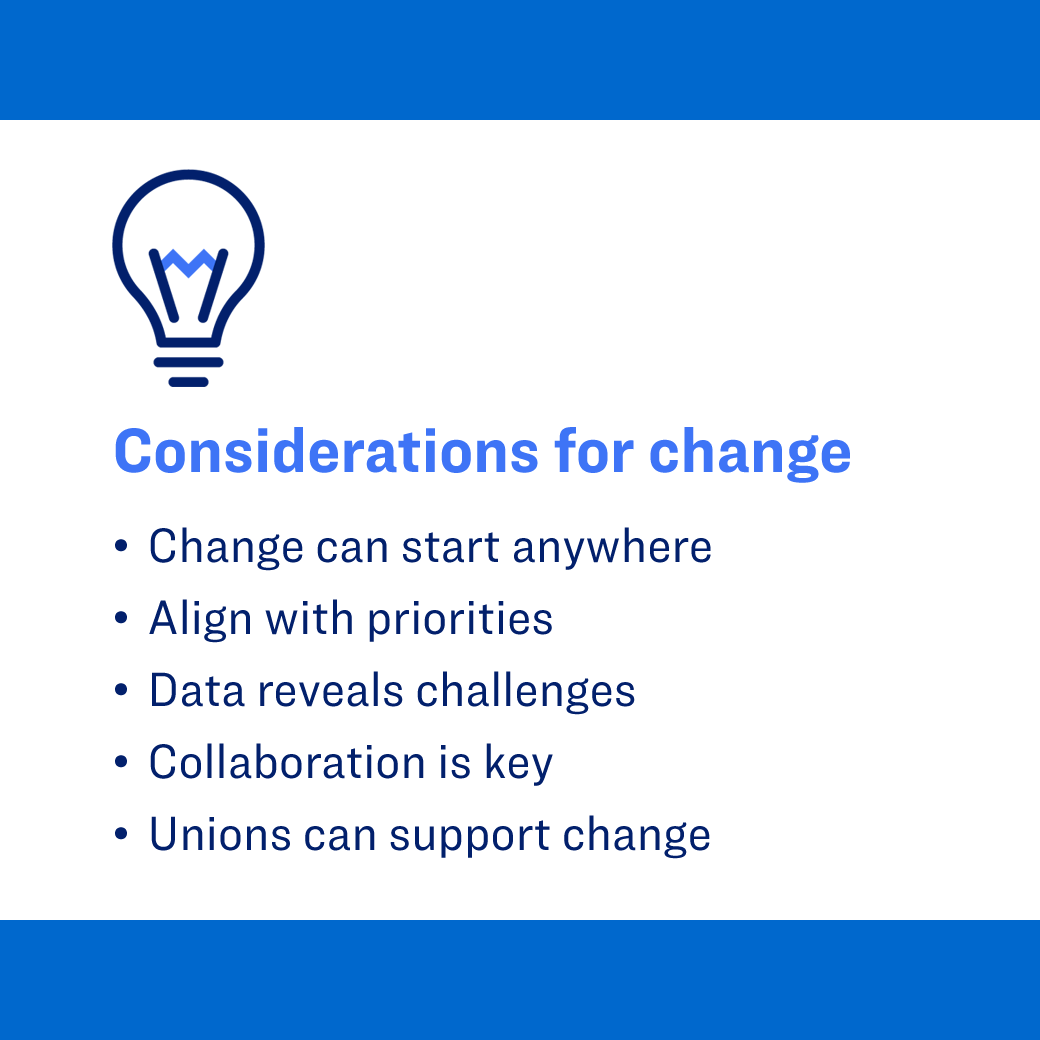Higher education institutions nationwide are reimagining how they support their VITAL faculty—those in visiting, instructor, temporary, adjunct, and lecturer positions who form a significant portion of the academic workforce. The TIAA Institute's research on Delphi Award winners provides a roadmap for creating meaningful change that benefits both faculty and students. From community colleges to research universities, institutions are discovering that investing in VITAL faculty success creates ripple effects that strengthen the entire educational mission.
Summary
The Delphi Award for VITAL Faculty, supported by the Teagle Foundation and TIAA Institute, recognizes exemplary efforts to improve working conditions for visiting, instructor, temporary, adjunct, and lecturer faculty across higher education institutions. Over six years, the award has documented successful policy and practice changes at 12 winning campuses and six finalists, revealing that meaningful change can occur at any type of institution when leaders align VITAL faculty support with institutional missions and priorities. Key insights show that sustainable improvements require collaboration across faculty groups and administrators, data-driven approaches to identify needs, and comprehensive strategies addressing everything from professional development and governance inclusion to career pathways and culture change. The most successful institutions recognize that supporting VITAL faculty ultimately enhances student success and institutional effectiveness.



